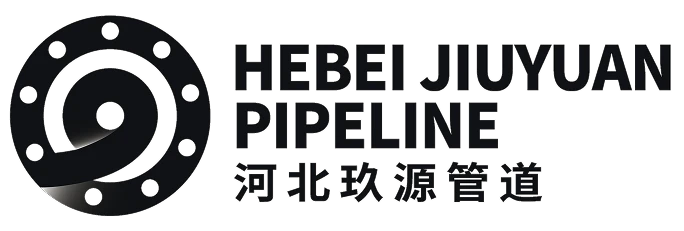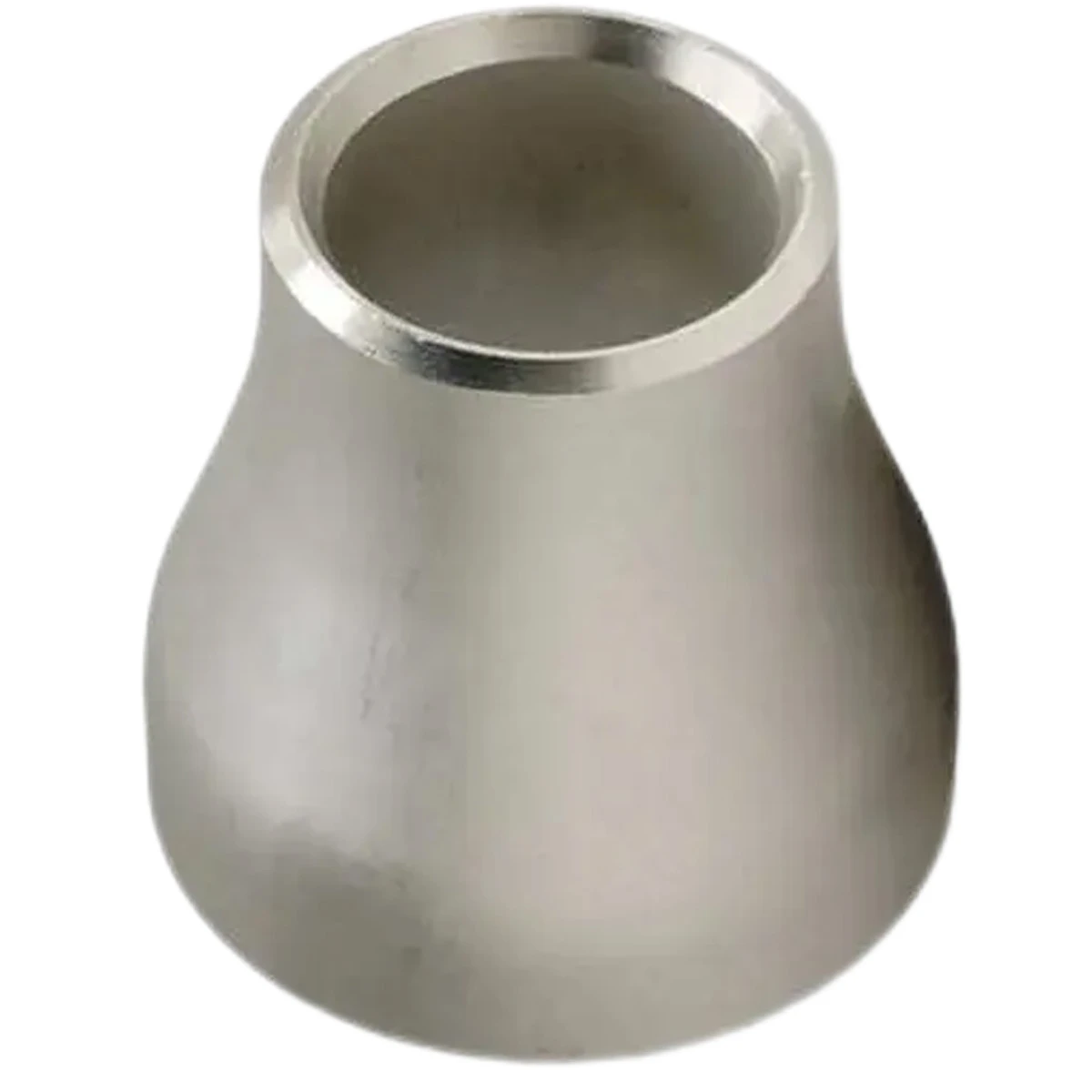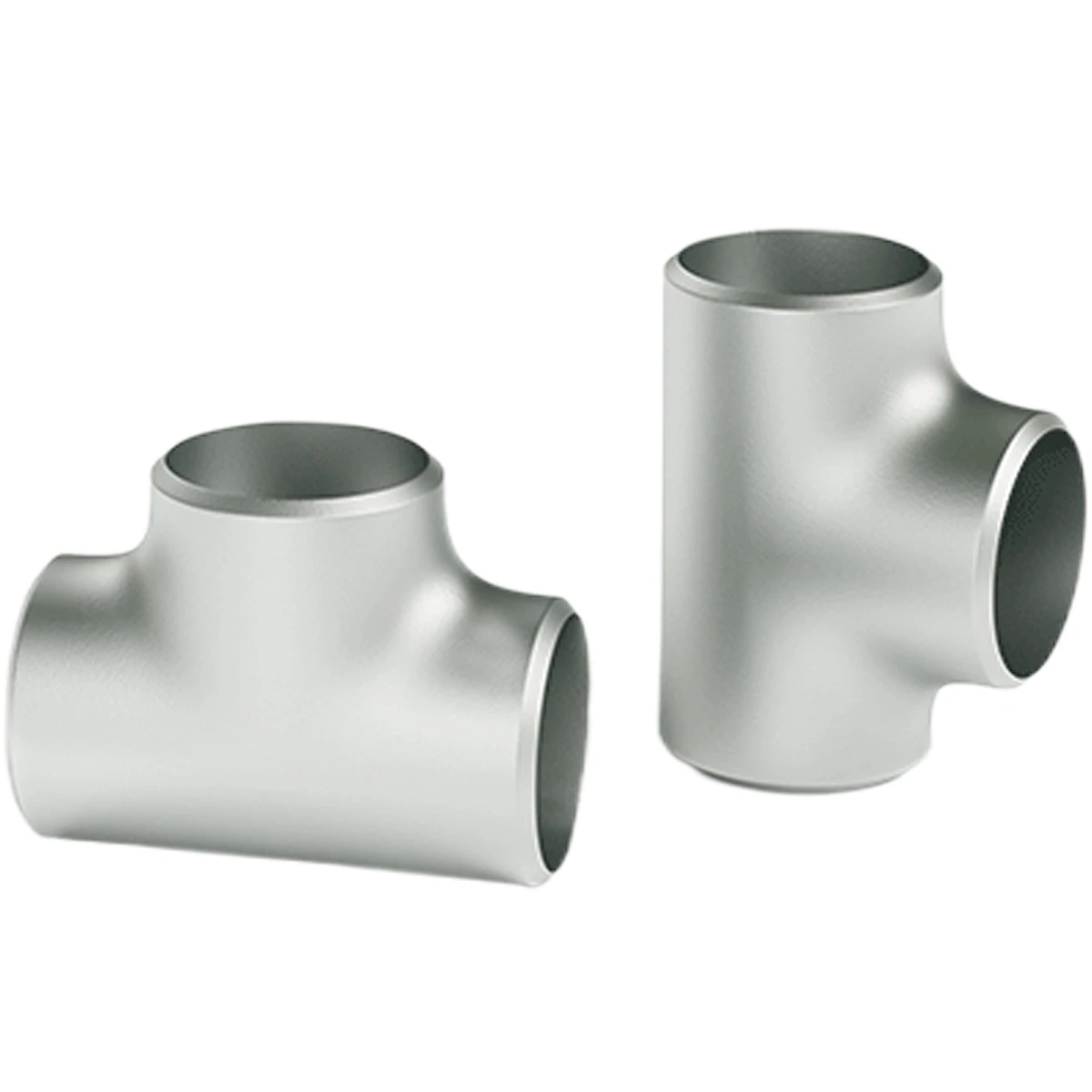
- Albanian
- Arabic
- Armenian
- Azerbaijani
- Belarusian
- Bengali
- Bulgarian
- Croatian
- Czech
- Danish
- Dutch
- English
- Esperanto
- Finnish
- French
- German
- Greek
- Hebrew
- Hungarian
- Indonesian
- irish
- Italian
- Japanese
- Khmer
- Korean
- Kyrgyz
- Lao
- Latin
- Lithuanian
- Malay
- Myanmar
- Norwegian
- Persian
- Polish
- Portuguese
- Romanian
- Russian
- Serbian
- Slovak
- Slovenian
- Spanish
- Swedish
- Tagalog
- Thai
- Turkish
- Turkmen
- Uzbek
- Vietnamese
- Zulu

Blind flanges are critical components in piping systems, designed to block off pipelines, valves, or pressure vessels. These solid disks ensure secure sealing, making them indispensable in industries like oil and gas, petrochemicals, and power generation. This article provides an in-depth analysis of blind flanges, including their features, technical specifications, and applications. Additionally, we explore the company background of Hebei Jiuyuan Pipeline Manufacturing Co., Ltd., a leading manufacturer of industrial piping solutions.
What is a Blind Flange?
A blind flange is a type of flange used to seal the end of a piping system or pressure vessel. Unlike other flanges, it lacks a center hole, making it ideal for stopping the flow of fluids or gases. These flanges are commonly used when a pipeline needs to be closed off temporarily or permanently, or when future expansion or maintenance is anticipated. They are bolted onto matching flanges and can be easily removed and reinstalled when needed.

Manufactured in various materials such as carbon steel, stainless steel, and alloy steel, blind flanges are available in a wide range of sizes and pressure ratings to meet different industrial requirements. They are designed to withstand high pressure and temperature conditions, providing a secure, leak-proof seal. According to the National Institute of Standards and Technology (NIST), standards play a crucial role in ensuring the reliability and safety of industrial components like blind flanges.
Key Features of Blind Flanges
- Easy Installation and Removal: Blind flanges are designed for quick and straightforward installation, allowing for frequent maintenance or inspection.
- Material Versatility: Available in carbon steel (ASTM A105, P235GH), stainless steel (ASTM A182, 304), and alloy steel, ensuring compatibility with diverse environments.
- Compliance with Global Standards: Adheres to international standards such as ASME, EN, JIS, DIN, and more, ensuring interoperability across global systems.
- Surface Coatings: Options include black paint, galvanization, grease, and epoxy paint to enhance corrosion resistance.

Blind flanges are particularly useful in high-pressure and high-temperature environments where a secure and leak-proof seal is critical. Their robust design ensures system integrity and operational safety. For more information on blind flange types, visit our product page.
Technical Specifications
| Parameter | Details |
|---|---|
| Pressure Rating (PN/CLASS) | PN6 - PN40 / Class150 - Class2500 |
| Diameter (DN/INCH) | DN10 - DN2000 / ½In - 24In / S.A 12In - 60In |
| Materials | Carbon Steel (ASTM A105, P235GH, P245GH, P250GH, P265GH, ST37-2), Stainless Steel (ASTM A182, 304, 306) |
| Standards | ASME, EN, JIS, DIN, BS, KS, GOST, SABS, ATK |
| Surface Coating | Black paint, Galvanize, Grease, Epoxy paint |
Applications of Blind Flanges
Blind flanges are widely used in various industries, including:
- Oil and Gas: For sealing pipelines and valves during maintenance or expansion.
- Chemical Processing: To block off reaction vessels or storage tanks.
- Power Generation: Ensuring safe and leak-proof connections in steam and water systems.
- Water Treatment: For isolating sections of pipelines during repairs.
- Shipbuilding: In marine piping systems requiring corrosion resistance.

According to NIST, standards like ASME and DIN are essential for ensuring the interoperability of industrial components. Blind flanges are also critical during pressure testing of pipelines, ensuring the system is safe and leak-free before operation.
Installation Guide for Blind Flanges
Installing a blind flange involves the following steps:
- Preparation: Ensure flange faces and gaskets are clean and free of debris.
- Gasket Selection: Use a gasket compatible with the fluid and pressure in the system.
- Alignment: Align bolt holes of both flanges and insert bolts.
- Tightening: Tighten bolts gradually in a crisscross pattern to ensure even pressure.
- Testing: Conduct a pressure test to check for leaks after installation.
Blind flange installation is commonly performed during system shutdowns or pipeline terminations. Safety precautions are crucial, especially in pressurized systems or hazardous environments.
About Hebei Jiuyuan Pipeline Manufacturing Co., Ltd.
Hebei Jiuyuan Pipeline Manufacturing Co., Ltd. is a leading manufacturer of industrial piping solutions, specializing in blind flanges and other critical components. With a commitment to quality and innovation, the company adheres to international standards such as ASME, EN, and JIS. Their products are used globally in industries requiring reliable and durable piping systems.
For more information about Hebei Jiuyuan Pipeline Manufacturing Co., Ltd., visit their official website.
Conclusion
Blind flanges are essential for maintaining the integrity of piping systems in various industries. Their versatility, durability, and compliance with global standards make them a preferred choice for engineers and technicians. Whether for temporary closure or permanent installation, blind flanges ensure secure sealing and operational safety. For detailed specifications and product information, visit the blind flange product page.
References
National Institute of Standards and Technology (NIST). (n.d.). Standards and Measurements. Retrieved from https://www.nist.gov.
-
 May. 27, 2025
May. 27, 2025Plastic pipe fittings, in particular, are witnessing substantial growth due to their cost-effectiveness and versatility.
-
 Apr. 28, 2025
Apr. 28, 2025From April 15 to April 19, 2025, our company proudly participated in the renowned Canton Fair held in Guangzhou, China.
If you are interested in our products, you can choose to leave your information here, and we will be in touch with you shortly.







